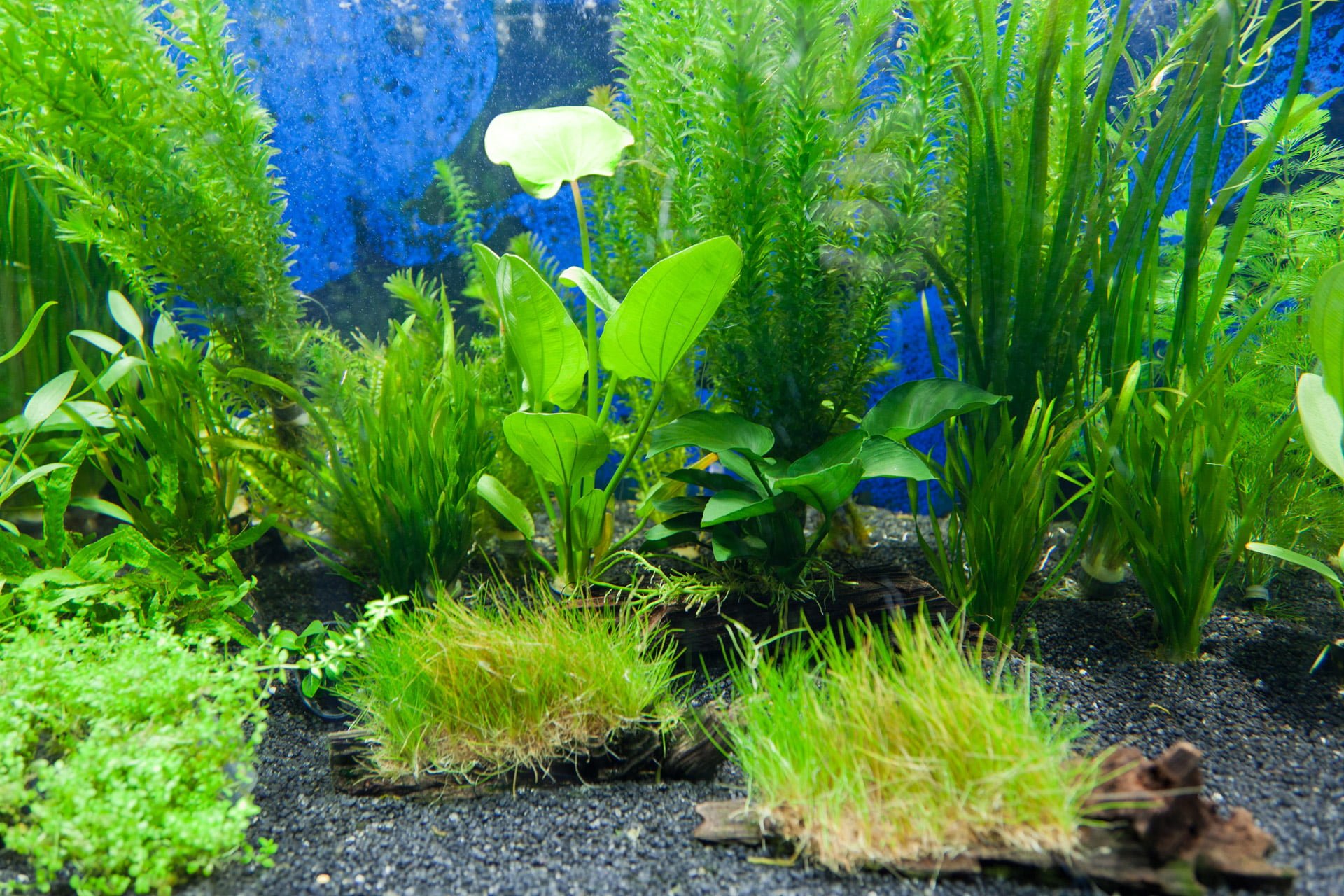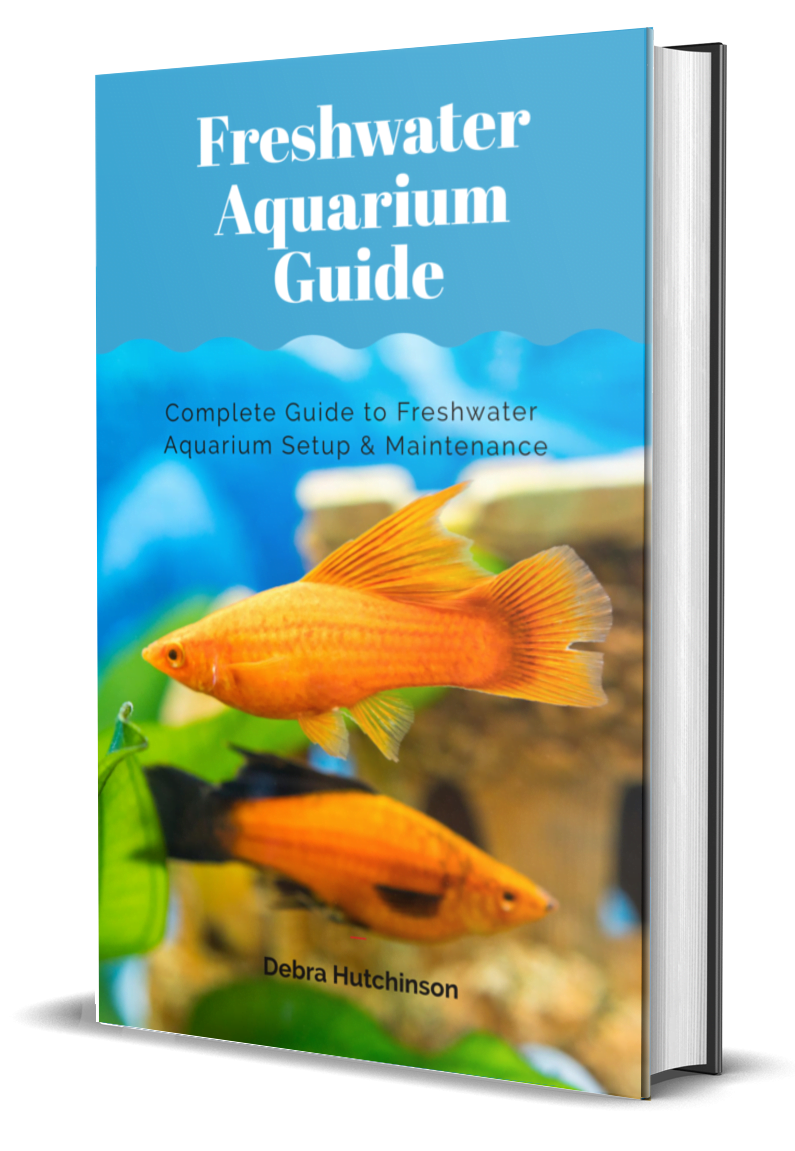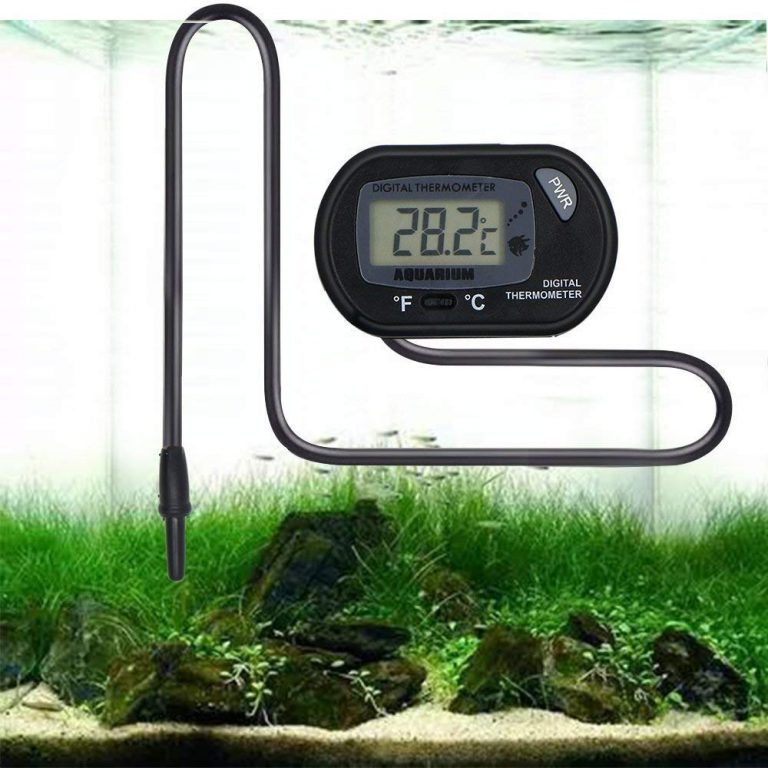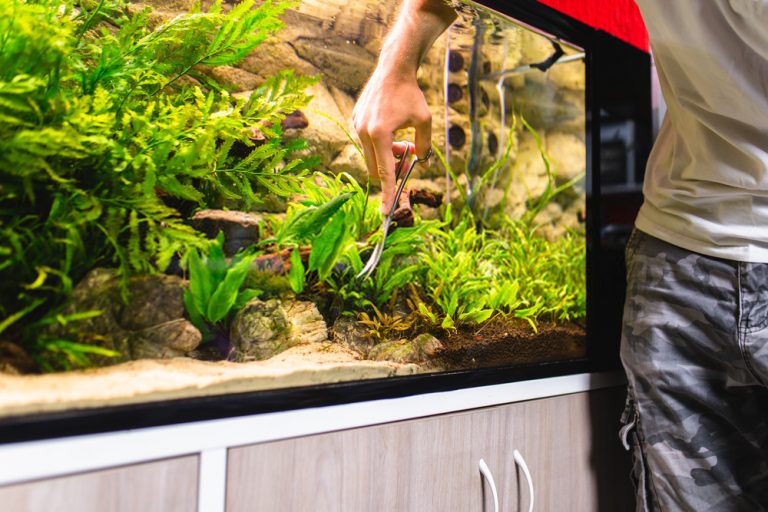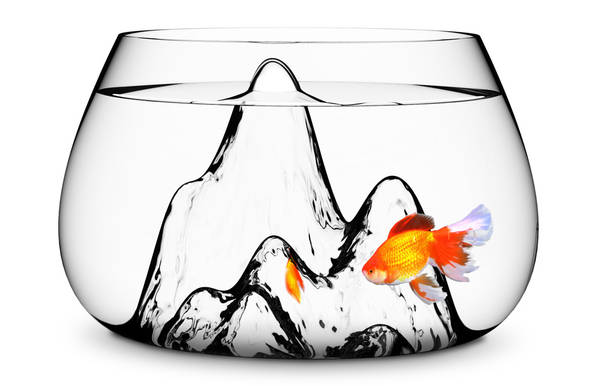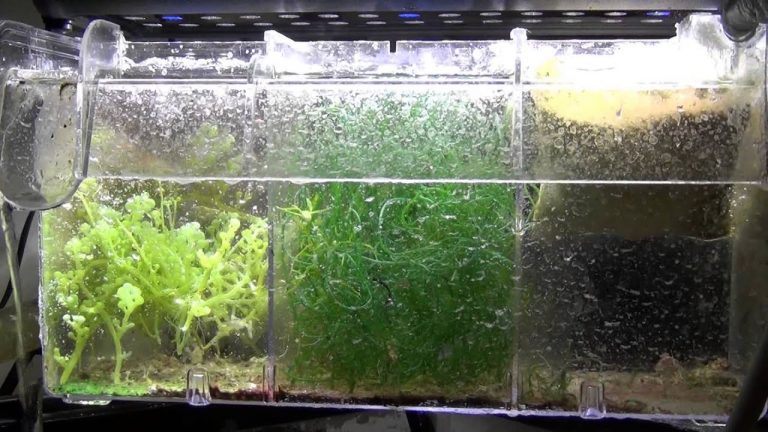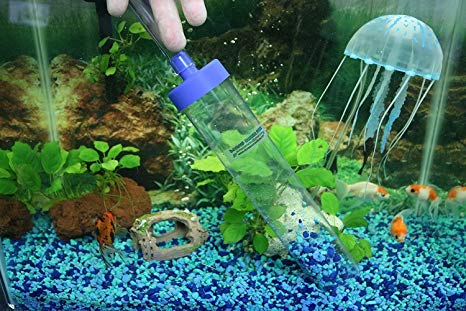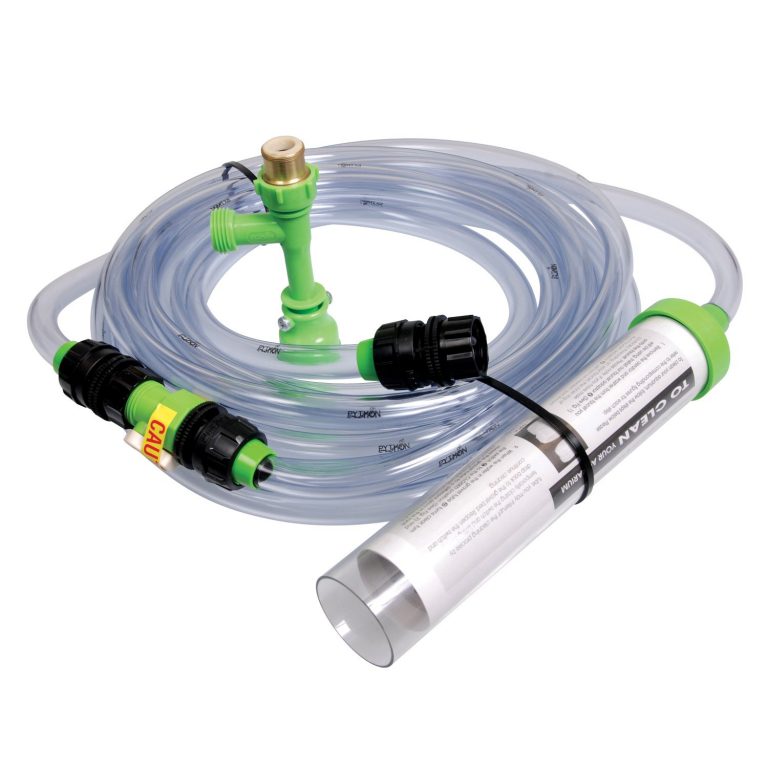Nourish Your Aquarium Plants with Proper Supplements or Face Death
If you have a heavily planted aquarium, it would be good to establish a fertilizing schedule. Without CO2 (carbon dioxide) and/or liquid fertilizers, your aquatic plants will not thrive and algae growth will accelerate.
When unhealthy plants have to compete with algae blooms for nutrient, your aquarium will ultimately deteriorate.
Generally, an all-purpose liquid growth accelerator combined with a plant supplement providing iron, manganese, and various trace minerals would do a good job of keeping your plants healthy.
Dose your aquarium two to three times a week, or according to the manufacturer’s directions. Add the appropriate amounts (based on the size of your tank) immediately after a water change.
This way, your plants have two or three days of using up the liquid nutrients before the new water change.
There is a comprehensive range of nutrients available from aquarium dealers, so it’s useful to learn how to identify the root of any deficiency problem and get the right nutrients to remedy the situation.
Be very cautions about experimenting with individual dosing to correct a problem. You could inadvertently worsen the situation or even create a problem where none existed before! What’s most important is to do nothing that has a negative impact on you fishes’ health.
List of Plant Supplements
Nitrogen
This is one of the main macronutrients that plants need.
Your plants are likely to be suffering from nitrogen deficiency if their upper leaves are light green, and lower ones yellow and/or shriveled.
However, too much of this nutrient will result in small brown spots on older leaves.
Potassium
This nutrient is necessary for cell development and protein synthesis. Unless added by the fish hobbyist, it is rarely available to plants as tap water contains little or no potassium. It can be found in most liquid fertilizers, and is also available as an individual nutrient.
Yellowing at the tips and around the edges of new or your leaves, limp and lifeless leaves, and yellow patches or spots on leaves are signs of potassium deficiency.
Iron
Iron is necessary for the production of chlorophyll and photosynthesis. It is needed by all plants and is essential for maintaining good plant health. You probably need to add this nutrient to your aquarium if you have red plants.
If your aquarium lacks iron, the young leaves of plants will turn a distinctly yellowish hue and have light-colored veins, and will eventually die.
Mature leaves, by contrast, will look fine. However, be careful not to overdose as this will do more harm than good.
Manganese
With manganese deficiency, new leaves also become yellowish. Elongated holes may also appear between the veins.
The veins, however, remain green or even dark green – this is one way to distinguish if from iron deficiency, and thus avoid mistakenly adding too much iron to your aquarium.
Nitrate
Very slow growth or stunted plants could be due to nitrate deficiency, if you have ruled out lighting and CO2 as possible causes. Excessive doses, however, could lead to an algae bloom.
Conclusion On Plant Supplements
In conclusion, aquarium plants need proper supplements to stay healthy and prevent death. Nitrogen, potassium, iron, manganese, and nitrate are all important plant supplements that should be provided to aquarium plants on a regular basis. Without these essential nutrients, plants will quickly become unhealthy and may eventually die.
Topics Covered

